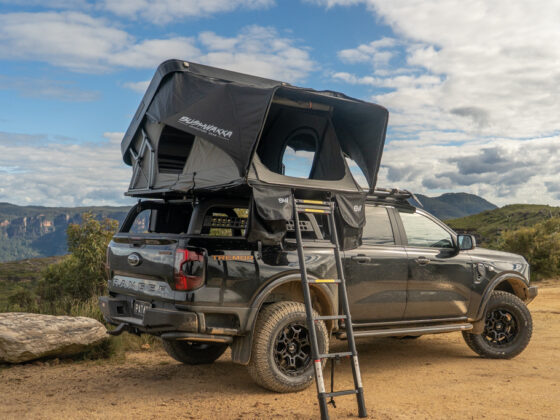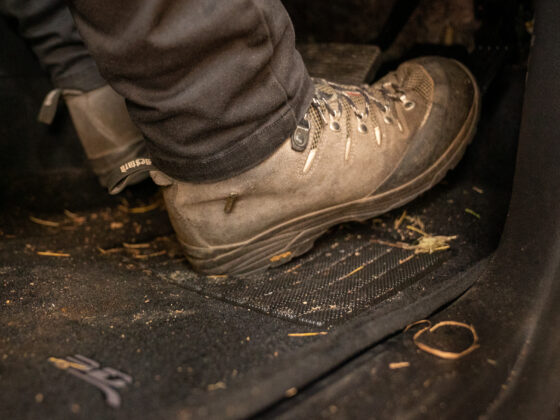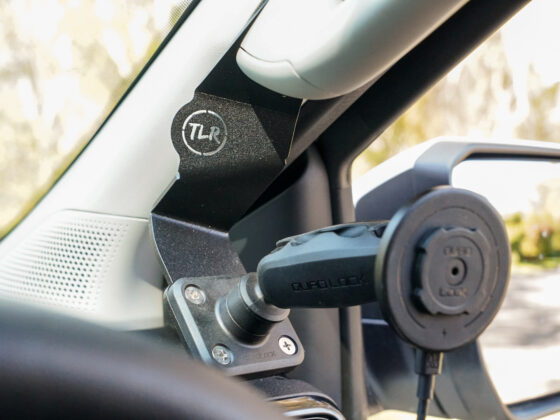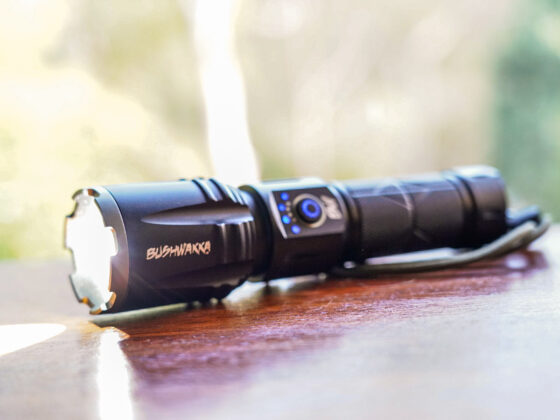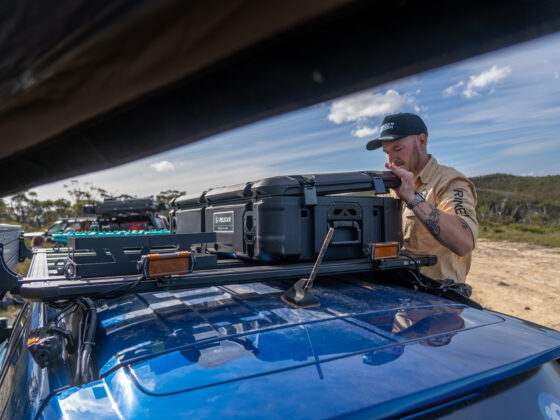Towing is becoming more and more popular in the 4×4 world and for good reason. Families are spending more time than ever on the road, and bringing along a camper trailer or caravan allows you to do it in comfort making it easier than ever to kick back on the west coast of the Cape for a few weeks. The problem is, there’s a large amount of towing illiteracy out there. Trailer sway, load distribution, the effect of towball weight on steering simply aren’t part of our national training programs.
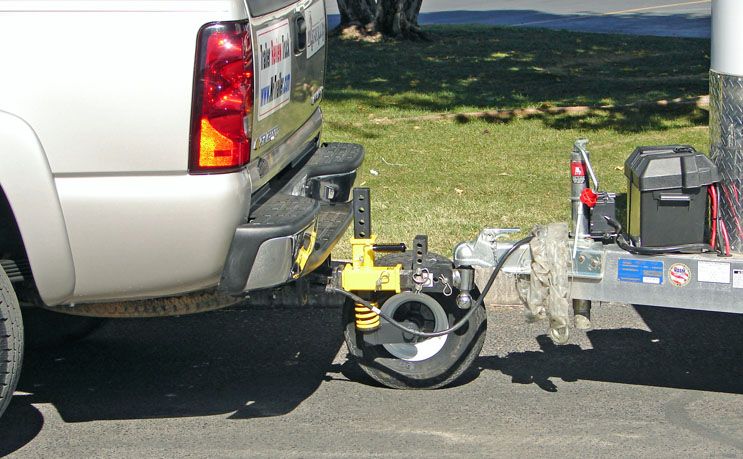
It’s this lack of information that leads to some of the most half-cocked ideas we’ve ever seen, but this just might take the cake. We’ve recently come across a product known as a Hitch Helper. The idea is to take the weight off the towball that’d normally result in a sagged rear end on the tow vehicle, and push it down onto an additional axle. Essentially meaning that your tow-tug only has to worry about pulling the weight.
Manufactured by the appropriately named Hell Ya Productions out of South Dakota, the Hitch Helper was rated at 400kg for the single wheel version, or 800kg for the dual wheeled model. While it is thankfully out of production now the systems can most definitely reduce the tongue weight affecting your rear suspension. Despite the fact that on paper it does knock off some towball weight from your 4×4, it introduced more than a few funny quirks in the process.

By adding an extra axle so far behind the rear wheels tyre scrub would be horrendous negotiating any tight turns. The stiff suspension required to take the loads would also act like a giant lever, lifting the rear wheels off the ground in undulating terrain, and that’s if the wheel didn’t manage to snag and rip off in the tricky terrain to begin with. It’s also effectively increasing the rear spring rate, but only on one of the now two rear axles so would cause some strange handling behaviour as the suspension loads and unloads.
It’s always great to see people try unique fixes to common problems but for now we’ll stick with loading the camper properly, using the correct rate rear springs, and throwing in some helper airbags if our needs are constantly changing.
Quick Links
QLD Towing Laws – Mr 4×4
RV Daily Towing Guide





